For a city that prides itself on its network of distinct neighborhoods, perhaps Richmond has paid too little attention to Newtowne West. Then again, its obscurity is as much a result of the infrastructure and topography which surround it as intentional neglect. This small neighborhood is bound by Broad Street to the south, Lombardy Avenue to the east, and the CSX rail tracks and Interstate 95 to the north.
Newtowne West, or simply Newtowne, is part of string of neighborhoods lined up along the north side of Broad Street, from Court End in the east to Scott’s Addition to the west. Newtowne plays a unique role in this sequence of neighborhoods. As development pushed west from the high class antebellum residences of Court End and then from the gilded-age commercial center of Jackson Ward, it became increasingly modest and industrial in character. While a strong retail presence was maintained near Broad Street, formerly home to streetcar lines, light manufacturing outlets were integrated with working-class residential blocks and townhomes further north. Newtowne lies on the edge between the fine-grained residential scale to the east and the larger scale industrial blocks found in the Hermitage Industrial tract and Scott’s Addition to the west.
Leigh Street is the only significant east-west route within Newtowne. It is the center of neighborhood activity and home to the neighborhood’s only functioning retail storefront off of Broad Street: Taylor’s Barber Shop. The eastern end of Leigh devolves into a suburban-style parkway. The expanse of grass along its bare northern flank affords view of the rear of nearby townhomes. The end of this stretch is anchored by Todd Lofts, a brick industrial structure which recently began a new life as upmarket apartments.
The residential blocks to the north are completely devoid of through-traffic. Small townhomes and bungalows sit on evenly spaced lots in this calm oasis. Wood siding and front porches predominate. The scale and material palette are similar to Oregon Hill, another historically working class district. Recent infill structures are mostly vinyl replicas of the existing housing stock.
The inner world of Newtowne is shielded from the city by a ring of large structures facing Broad, Hermitage, and Lombardy Streets. Theses buildings, including a Lowe’s hardware store, a gas station, a U-Haul storage facility, a Virginia Union University administrative building, and the Maggie L. Walker High School, have an ambivalent relationship with the neighborhood.
D.OK.


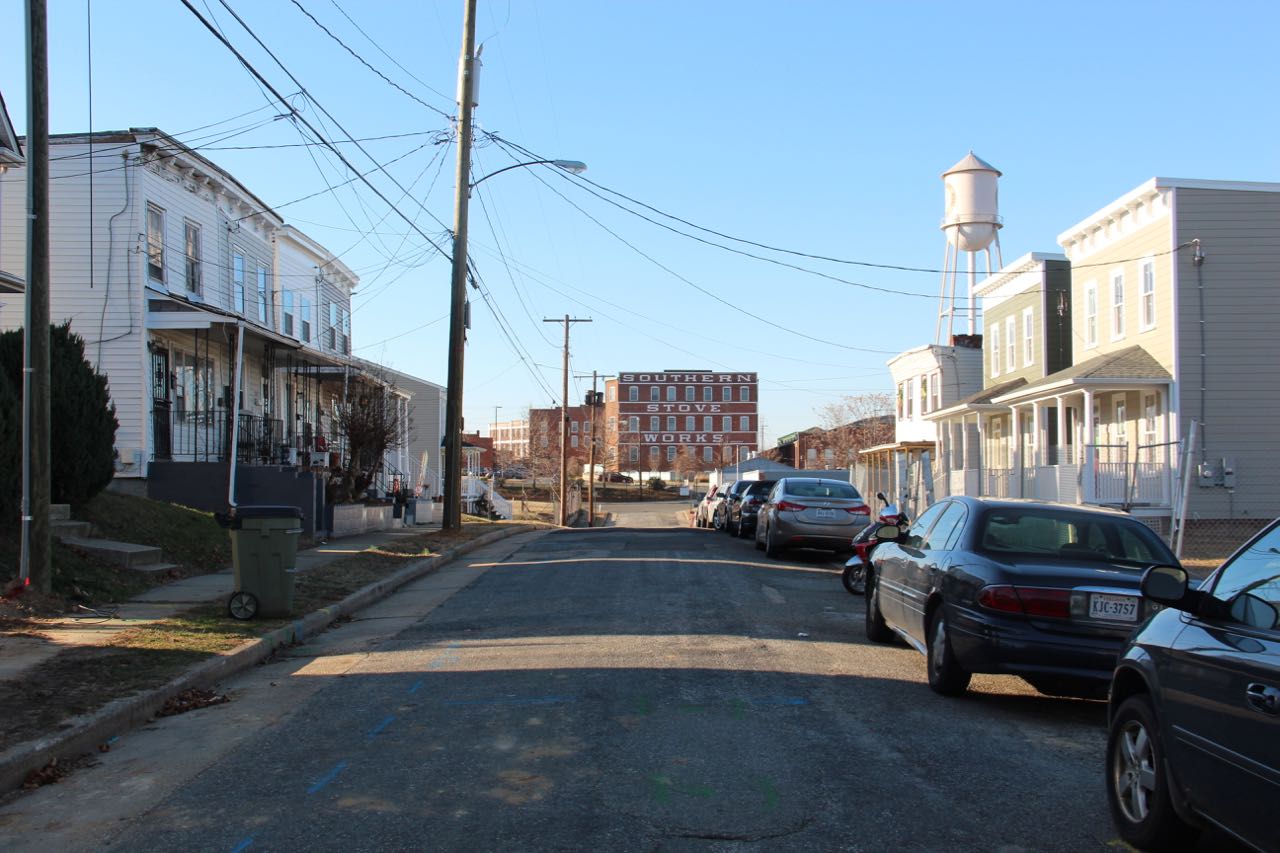



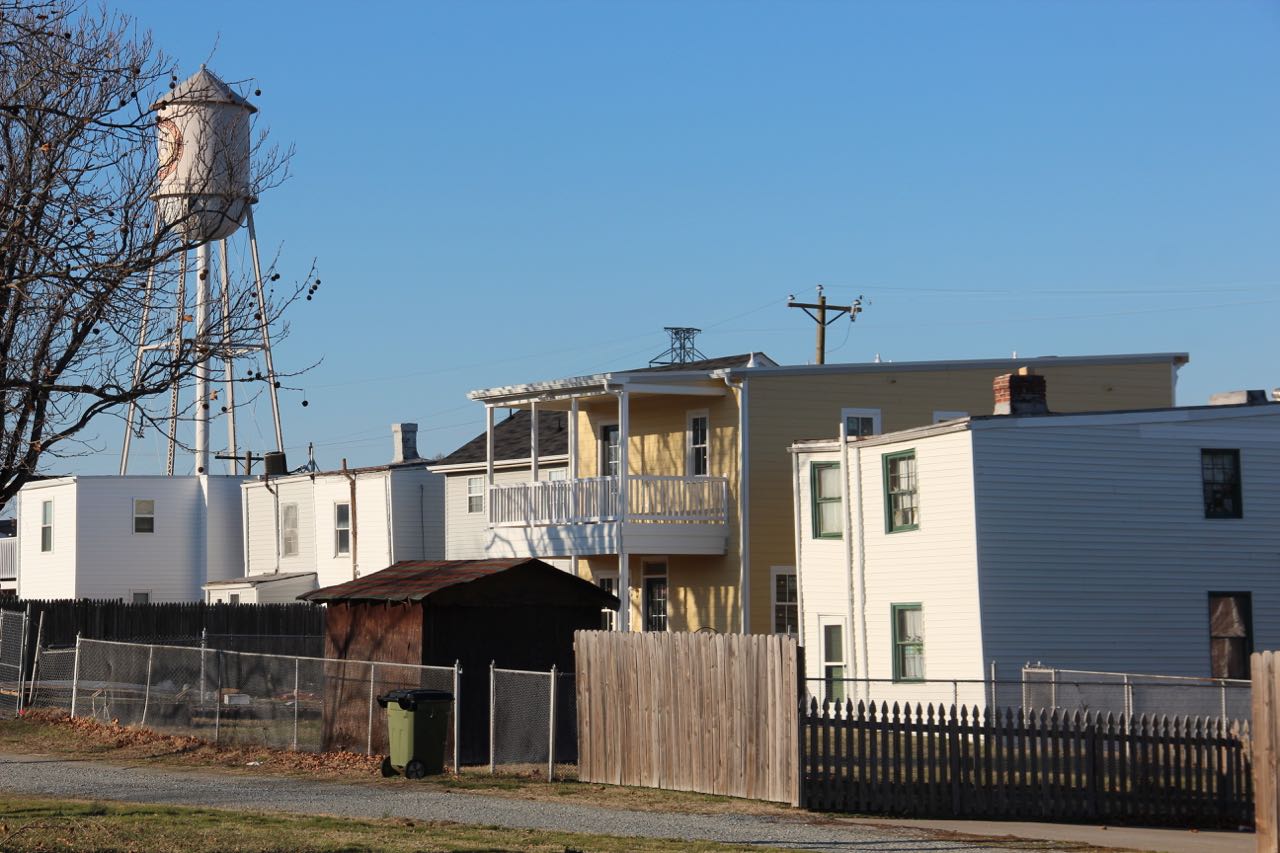



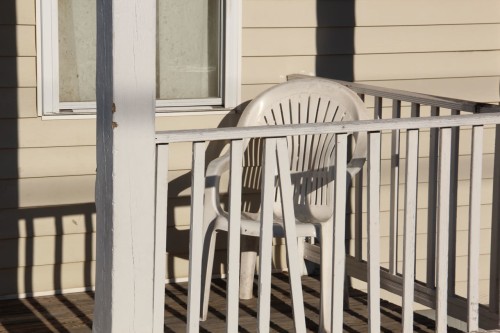
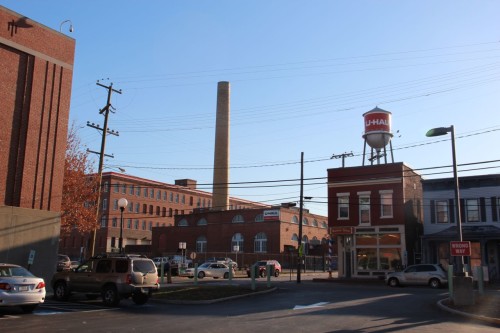
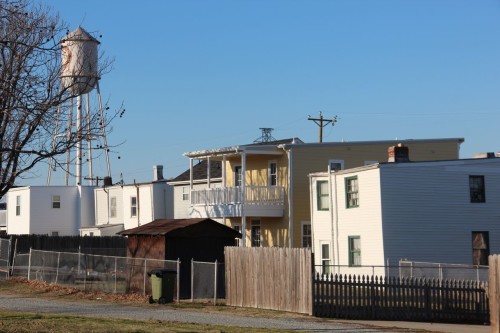
2 Comments
This is called Newtowne West, right? There is a Newtowne South across the river, always wondered what the connection might be.
Thanks for the comment. Sadly, I also cannot determine what, if any, connection there is. It is my understanding that the name “Newtowne West” was not in wide currency until the City organized some redevelopment projects there in the late 1990s. Within the neighborhood, simply ‘Newtowne” seems to be preferred. Perhaps a similar process was undertaken in Southside? Selden Richardson, in his excellent books Built by Blacks, mentions Newtown South, with no final “e,” suggesting that the term might be much older (p. 157). Perhaps Newtowne West was an homage to this district,
I will certainly let you know if I find anything further on it. Please share anything here with me and the other readers if you come across something.
Thank you again.
DOK
Write a Comment
Posted
Share
Category
Neighborhood ProfileTags
Broad Street • Leigh street • Near West End • Newtowne